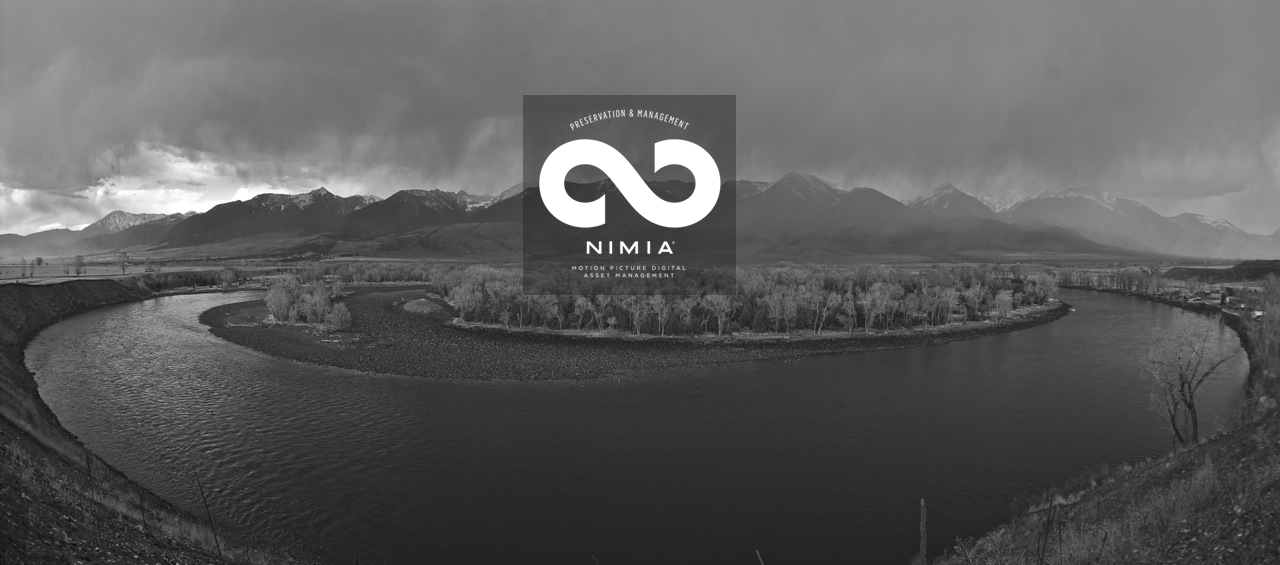Mike Johnson is a 34 year-old bachelor and owner of DigiLights Production. Mike has ten fulltime employees and recently won a job from RedBull Media House to create a short 7-minute video on surfing. He’ll be following 3 professional surfers and their friends around the world to capture the culture and appeal of the sport.
Mike is wondering if he needs model releases signed for all people that will appear in the video? Sensing there is no simple yes or no answer, Mike smartly contacts Nimia Legal for help.
On its face, it seems like an easy question – are model releases required for all people appearing in the video? To answer the question we need to determine whether the 7-minute video is considered a documentary or a commercial?
Legally speaking, the video has elements of both: it chronicles the lives of three surfers but it also has RedBull’s logo in the opening scene and strategic product placement throughout the video.
If the 7-minute video is a documentary, Mike does not need model releases because Mike is protected under the 1st Amendment’s freedom of speech and expression. This freedom extends to films and documentaries, and is generally referred by the term “editorial” content. The term editorial covers entertainment, news, and educational video works, but not “commercial” works.
If the 7-minute video is a commercial for RedBull, Mike needs model releases signed for all people appearing in the video, unless their appearance is incidental.
Case Examples
To determine whether the video is a documentary or a commercial lets look at previous case law.
- In 1993, surfer Mickey Dora sued for violation of his right of publicity in the video “The Legends of Malibu”, Dora v. Frontline Video, Inc., Cal. App. 4th 536, 18 Cal. Rptr. 2d 790(Ct. App. 1993) The video chronicled the early days of surfing, showing contemporaneous footage of famous surfers, including Dora but the producers did not get a signed model release from Dora. The court determined the video was a documentary, that no model release was needed, and Dora lost the case.
- In 2001, surfers sued Abercrombie & Fitch under right of publicity and misappropriation, Downing v. Abercrombie & Fitch, 265 F.3d 994 –Court of Appeals, 9th Circuit 2001. Abercrombie produced a themed surfing catalog. In one section it had the title ‘Surf Nekkid’ where a 700-word article described the history of Old Man’s Beach at San Onofre, California. Following the article, the catalogue exhibited photos of the surfers taken in 1965 Makaha International Surf Championship in Hawaii. Two pages immediately after, the catalog featured t-shirts labeled ‘Final Heat Tees’ which were identical to those worn by the surfers in the prior photos. The court of appeals held that Abercrombie had used the plaintiffs’ names and photos “essentially as window dressing to advance the catalog’s surf-theme”. The court reasoned that the illustrative use of plaintiffs’ photos did not constitute an editorial use and that model releases should have been obtained.
- In 2008, John Facenda sued N.F.L Films under right of publicity and misappropriation, Facenda v. N.F.L. Films, Inc 542 F. 3d 1007 –Ct. Of Appeals, 3d Circuit 2008. The issue regarded a ‘documercial’ broadcasted prior to the release of the new Madden NFL video game. The ‘documercial’ consisted of a 22 minute long documentary featuring interviews with NFL players and the game’s producers and included several sequences comparing the video game’s virtual environment with the actual NFL environment. The court of appeals held that (i) the production was commercial in nature, i.e, an advertisement rather than a documentary; (ii) NFL had violated Facenda’s right of publicity – the voice’s commercial value was undisputed, it was used for a commercial purpose (advertising) and the release did not cover endorsements; and (iii) Facenda’s state right of publicity was not preempted by the NFL’s federal copyright.
So where does this leave Mike and the RedBull project? It depends on a number of factors, including but not limited to how much RedBull’s logo is seen and used in the video.
To be safe, Mike should get model releases signed by all persons appearing in a non-incidental manner in the video. For more legal information on model releases, right of publicity, and misappropriation, check out the following detailed article written by Attorney Pablo Balana: Model Releases and Right of Publicity in California
Eric J. Harrison, Esq. is a registered attorney licensed to practice in Washington state. By accessing and reading this blog, you acknowledge and understand that no attorney-client relationship has been formed and you further acknowledge and understand that this blog is not intended to constitute legal advice. Legal advice and counsel requires a fact-specific analysis of your particular issues, and you should thus obtain legal advice directly and individually from an attorney licensed to practice in your jurisdiction, if appropriate.



